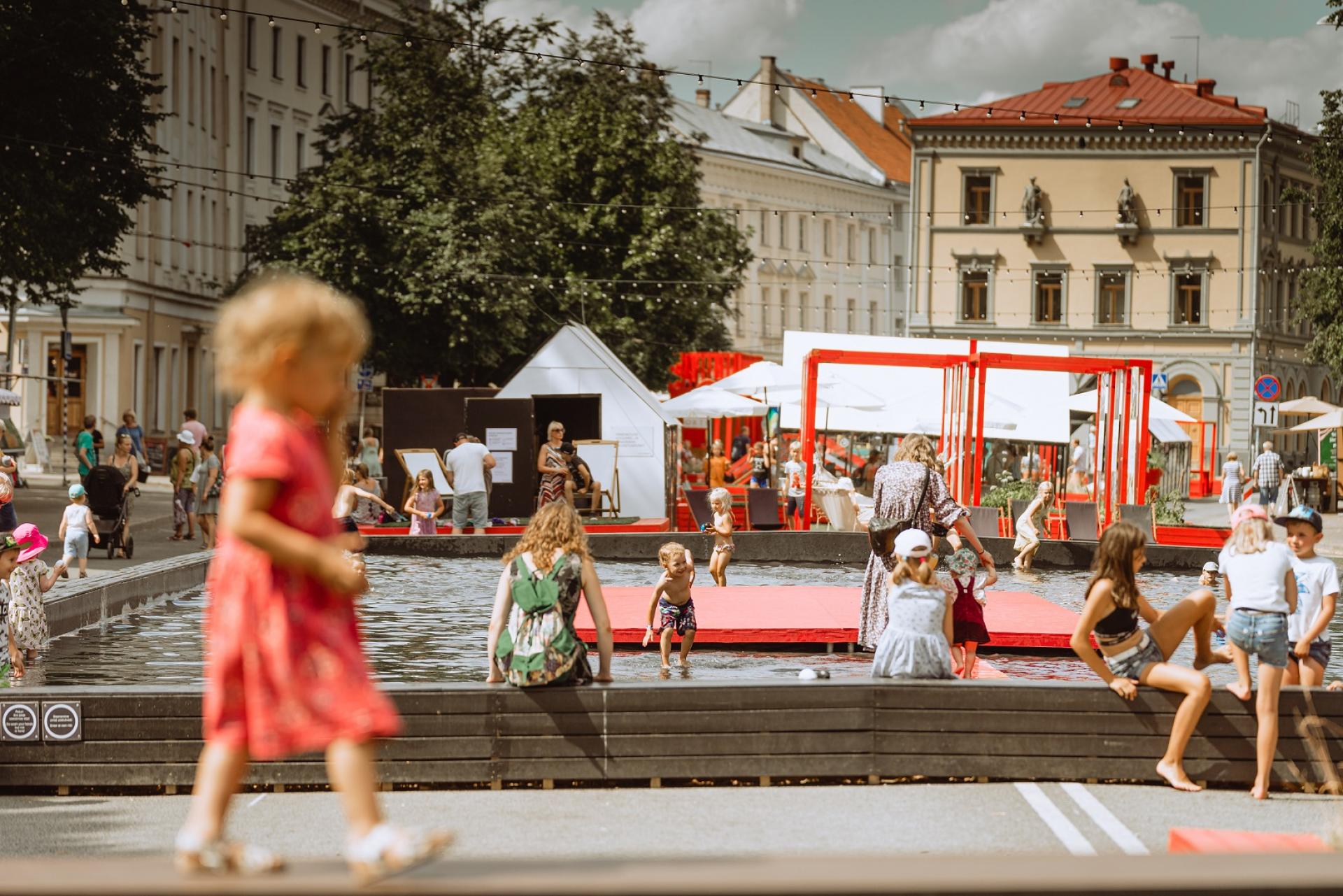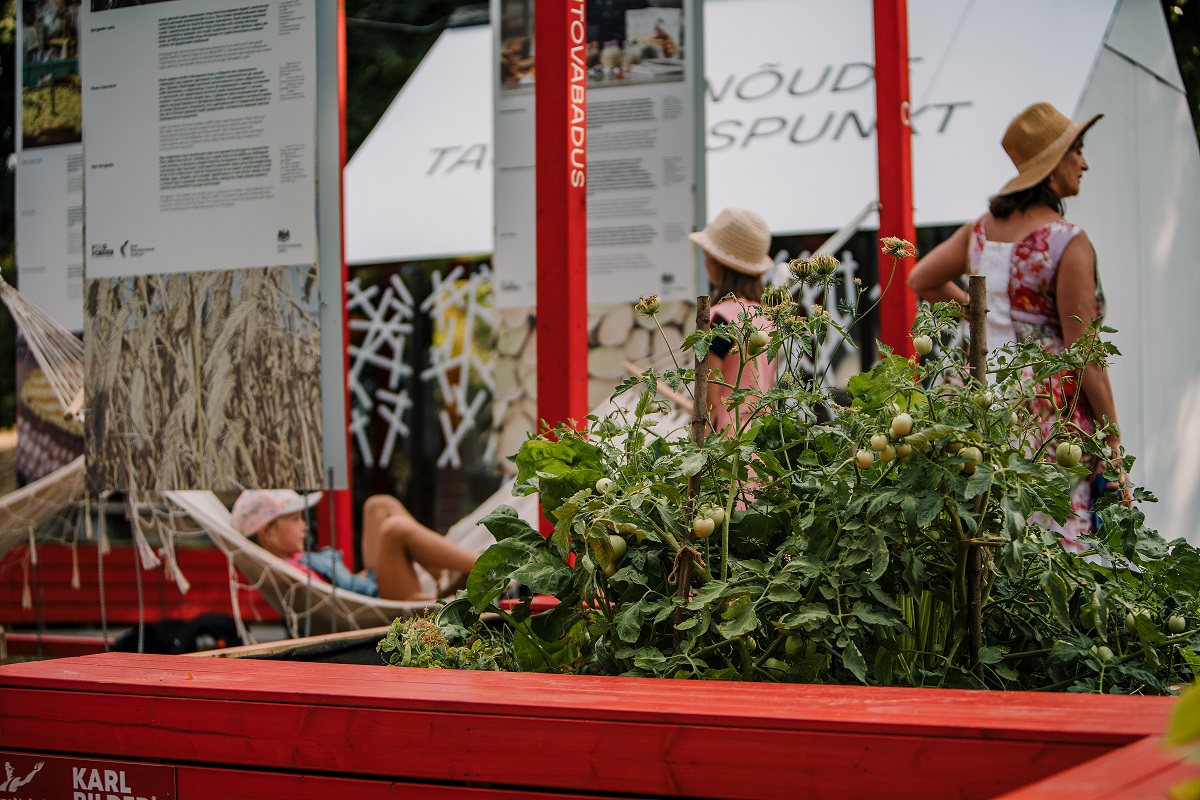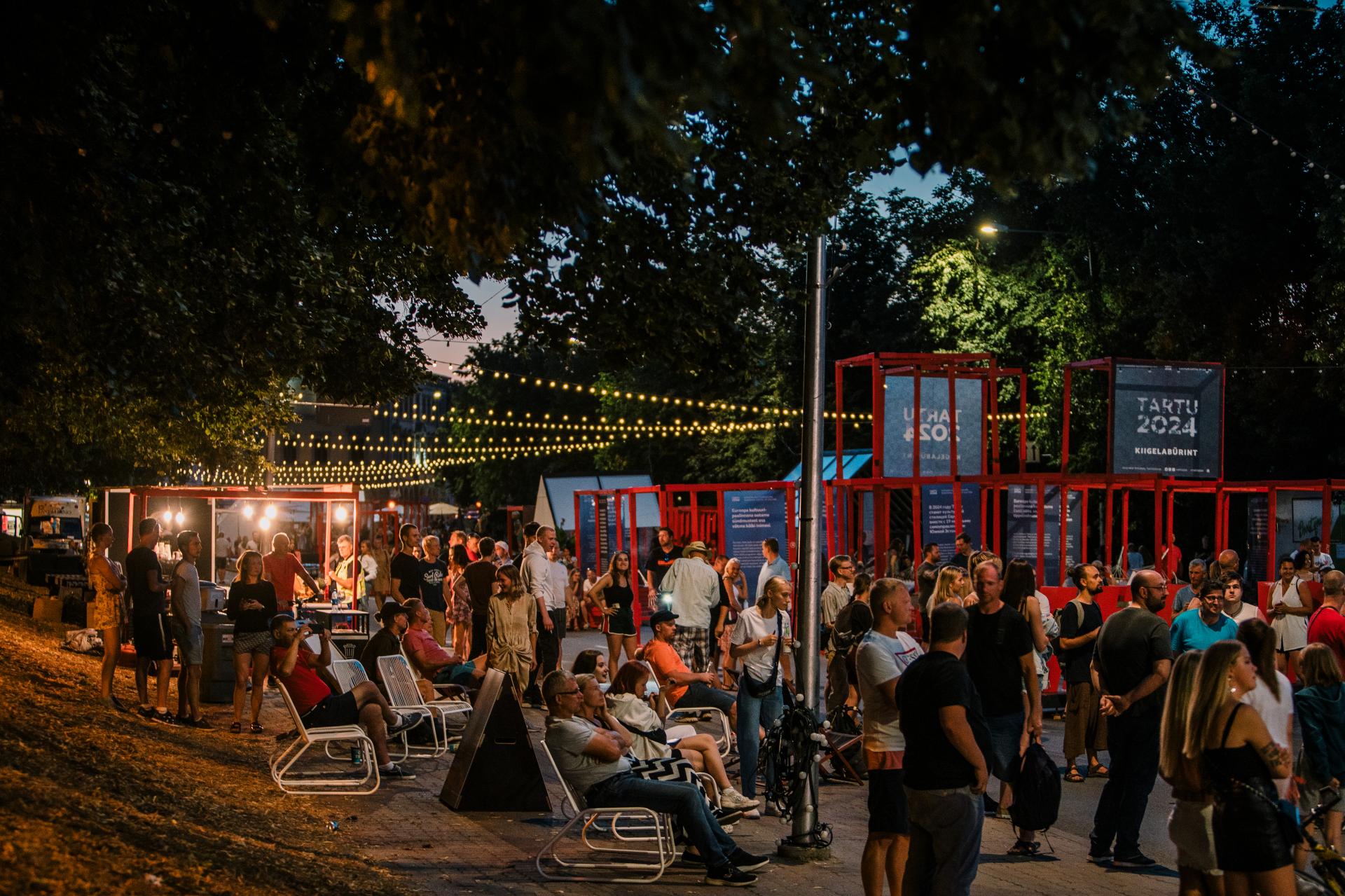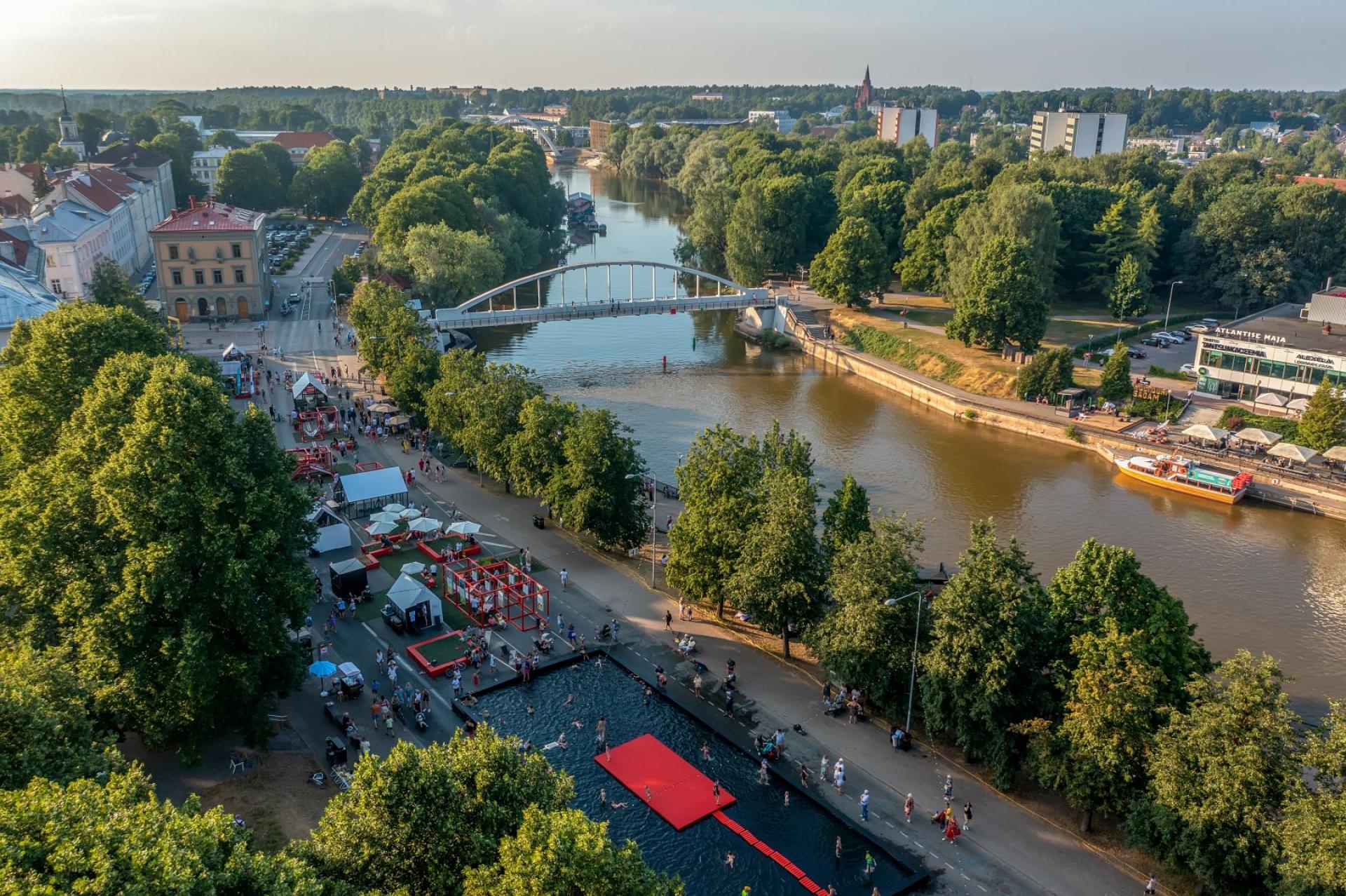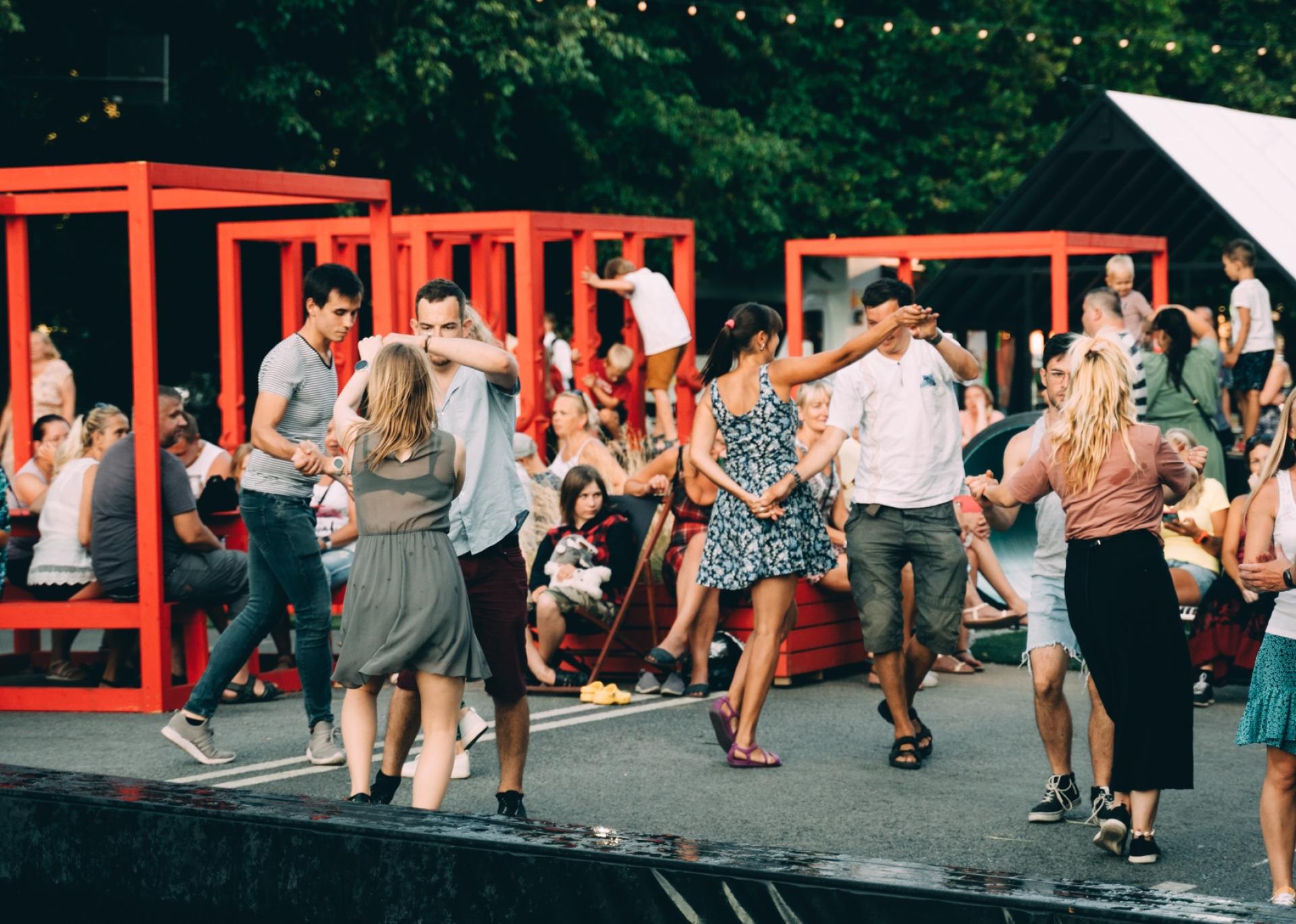Car Free Avenue
Basic information
Project Title
Full project title
Category
Project Description
Making a busy avenue car free to raise awareness about the rising number of cars in the city.
Opening a public discussion about city space and it´s functions. Creating a street living room to strenghten the sense of belonging.
Geographical Scope
Project Region
Urban or rural issues
Physical or other transformations
EU Programme or fund
Which funds
Description of the project
Summary
Tartu has focused on building/ creating high quality public spaces that transform the needs of society into smart public landscapes. Only this will help us guarantee the real essence of a city – bringing together different people from different fields to define our mutual values and build a sustainable society and improve the quality of life in the city. In order to achieve this in a quick and experimental manner the city of Tartu closed one of its main streets in the city center for car traffic and opened it for its citizens for whole July 2020. Vabaduse (Freedom) Avenue was called Autovabaduse (Car-Free) Avenue and attracted people from all over Estonia and abroad with around 150 000 visitors during the opening period (one month). Car-Free Avenue was located in between the classical old town and the river Emajõgi that flows through the city. It has been a long debate of how to revitalize the riverside and create a connection between the old town and the riverside. The concept did exactly that and even more. It became a hot spot for different events like dance courses, morning yoga, national radio broadcast pop-ups, concerts and more. Most importantly - it created a public discussion all over Estonia on climate change, excessive carownership and different methods in tackling the issues of building a sustainable future.
Key objectives for sustainability
The words “Car-Free” brought direct attention to the problem of rising number of private cars in the city centre as well as started the discussion of more sustainable alternatives for urban space. Although sustainability in the name of biodiversity, waste reduction and separation as well as mental and social well-being and accessibility was important already during the first Car-Free avenue, it was learnt that it is important to be a role model for other events in the city centre. Sustainable festival manual with clear instructons was developed and 2021 Car-Free Avenue will be the first event to follow the Instructions for Sustainable Festivals in Tartu.
Key objectives for aesthetics and quality
The street is one of the main car traffic channels in the city center, between the old town and the river Emajõgi. It is originally covered with asphalt with the closed area around 8000 m2. The whole area was completely redesigned in order to create a space with different qualities and possibilities and to prove how versatile a public space in such a prominent area can really be. More than 200 events, performances, conversations, meetings, mini-concerts and workshops took place on Car-Free Avenue during the month.
The design of the area took into account the Covid-19 restrictions and followed national social distancing rules of 2 + 2 meters. The design urged to think about elementary distancing but without losing a social contact. All of the elements used in the design had a 2 + 2 meter module; even the grass around the area was cut in 2m stripes. The uncut grass areas are part of the city’s wider program of building biodiversity in the urban environment.
The furniture created on this principle provided the users with suitable tools to create their spatial experience. The ideas realised in the Car-Free Avenue are directly related to the ambitions of the European Capital of Culture Tartu 2024 to move towards a sustainable future inspired by the slogan “The Arts of Survival”.
Key objectives for inclusion
The most important is that there were activities for both children and the elderly. All of a sudden the high traffic street full of cars that was dividing two major prominent areas in Tartu into two, was now a meeting point bringing together different generations.
Results in relation to category
The effects/ results of the Car-Free Avenue:
1) Created a public discussion all over Estonia on climate change, excessive car-ownership and different methods in tackling the issues of building a sustainable future.
2) The avenue was effectively working as a tourist attraction, helping the tourism sector to regain some of it’s strenght after the crisis. 85% of the enterprises noted that the project helped to provide a boost to the area. 55% of respondents stated that the number of visits to their businesses was better than expected. A total of 64% of the respondents confirmed that turnover for their business in July was higher than expected.
3) The project had positive effect on domestic tourism, as compared to July of the previous year there were nearly 7000 more overnight stays in Tartu’s accommodation establishments.
4) The experiment proved there were no major impact on traffic jams. According to the analysis, the rush hour traffic jams prolongued 1minute on average.
5) Despite of the high visitor rate (approximately 5000 visitors per day), no covid outbreaks were detected.
6) The project helped to raise Tartu’s image as green and sustainable city in Estonia and the project was also noticed by several European countries. Inspired by Tartu’s Car Free avenue there is a movement in the capital in Estonia (Tallinn) to close one of the streets in the city centre for car traffic and open it for pedestrians.
7) Car Free Avenue returned to Tartu’s city center in July 2021. Bigger and greener than the year before. It is a tradition that continues.
8) Sustainable Event Manual with clear instructions was developed.
How Citizens benefit
The event was a collaboration with the citizens from Tartu and neighbouring municipalities. Car-free avenue worked as a revitalized public space that gave people a place for all kinds of spontaneous or pre-planned events in open air. Most of the different events like workshops, pop-up exhibitions, dance nights and mornings for elderly people were organized not by the municipality but NGOs, schools, etc. It really gave a boost after the covid lock-down, especially for small entrepreneurs and the cultural sector
Physical or other transformations
Innovative character
The idea of Car-Free Avenue has been used in different forms in other countries and cities but it was a new and needed approach for the urban space in Tartu. There was:
- a large pool in the centre of the area
- hydrogene theme day and a self-drivig bus that runs on hydrogen
- a repair bus where people could repair their things instead of throwing them away
Learning transferred to other parties
New and sustainable approach got a lot of media attention and raised a lot of discussion about the future city centers and the constantly rising private car use in cities (more than 150 articles in Estonia and abroad). The Media attention spread the word of Car-Free Avenue in Tartu also abroad and just 3 weeks after the start of Car-Free Avenue in Tartu a similar action was taken in the capital of Latvia (Riga) where one street in the city center was closed for car traffic. By the way – the name of the street (Terbatas iela in Latvian) means Tartu street in translation.
The project helped to raise Tartu’s image as green and sustainable city in Estonia and the project was also noticed by several European countries. Inspired by Tartu’s Car Free avenue there is a movement in the capital in Estonia (Tallinn) to close one of the streets in the city centre for car traffic and open it for pedestrians.

